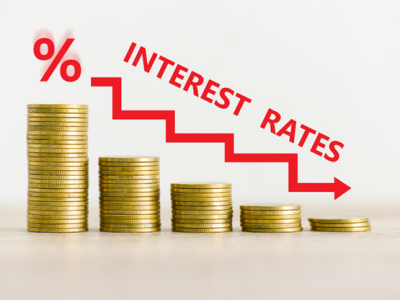You must have stumbled across some book, program, or melody that you enjoy in the online world. However, the owner asks that you pay a fee to utilize it, which you have already paid. In the e-commerce world, it’s known as micropayment. A micropayment is a little fee that you must pay in order to use a product or service.
Micropayments are extremely important in the day-to-day operations of enterprises. Micropayment, in simple terms, is a small financial transaction that a customer typically makes online. A micropayment is an amount you pay online to obtain a product or service, regardless of how little the sum is in pennies. The product/service could be a song, an app, or a book that you want to have access to. It’s becoming very popular these days.
Micropayments: An Overview
More visibility and inclusion in the digital realm have resulted from recent technological breakthroughs. Fintech, or financial technology, is a new industry that aims to make financial goods more accessible to everyone at a low cost. Visit 소액결제현금화 for more details.
Consumer expenses are being reduced to as low as a few cents as a result of these technological advances. The issue with such minimal fees is that they may not be able to be processed by credit card companies’ standard transaction fee-based system. To address these demands, micropayment systems have arisen.
In the 1960s, technology futurist and philosopher Ted Nelson coined the term “micropayment” to describe a method of paying for individual copyrights on online material. Nelson envisioned micropayments in the tenths of a penny range. Instead of an advertising-based paradigm, such payments would allow consumers to pay for online content and facilitate the establishment of low-cost networks.
Nelson’s proposal set the groundwork for the now-ubiquitous hypertext transfer, even if the World Wide Web today operates on an advertising-based economy. Micropayments are not yet a widely used method of paying for online content.
The Use of Micropayments
Micropayment platforms, which are designed to handle small transactions in a variety of ways, work in a few different ways. One method is for a vendor or service provider to have an established account with a third-party micropayment provider who receives, stores and distributes payments.
Payments are saved in a digital wallet managed by the provider until they reach a certain quantity, after which they are paid out to the beneficiary. Consumers must also create an account with the same micropayment provider in order to make payments more easily.
If the user’s account with the provider is also used by the e-commerce platform where the user makes modest purchases, the dollar amount of the purchase is quickly debited from the user’s account with the provider. In practice, the user uses a micropayment processing account to make payments.
The user’s account with the provider is readily debited for the dollar amount of the purchase if the provider is also used by the e-commerce platform where the user makes modest purchases. In effect, the user uses a micropayment processing account to make payments.












Comments